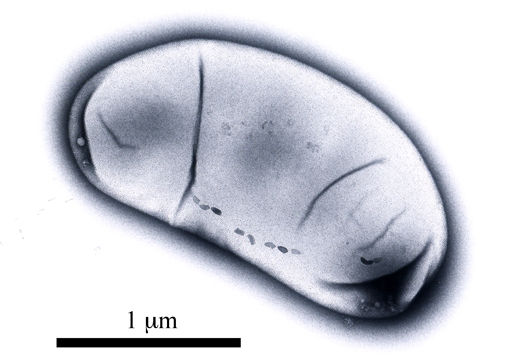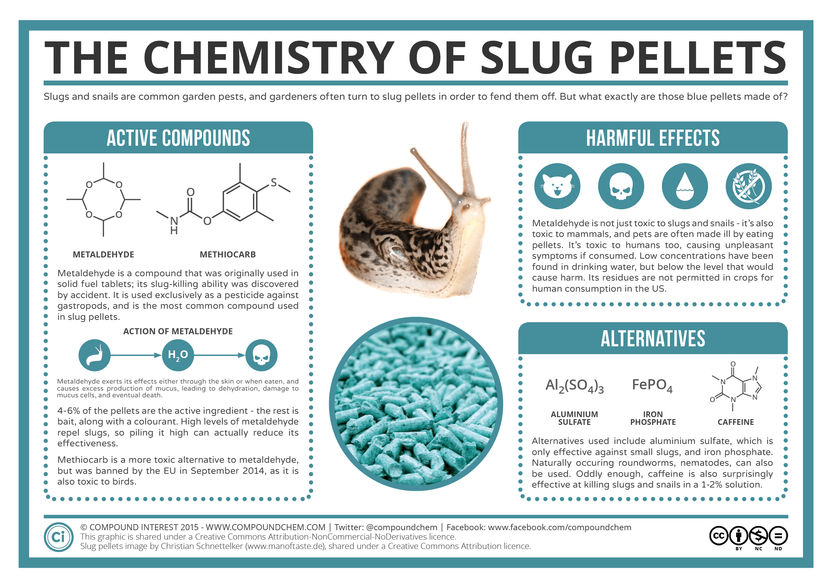Risk of esophageal cancer decreases with height
Taller individuals are less likely to develop esophageal cancer and it's precursor, Barrett's esophagus, according to a new study1 in Clinical Gastroenterology and Hepatology, the official clinical practice journal of the American Gastroenterological Association.
"Individuals in the lowest quartile of height (under 5'7" for men and 5'2" for women) were roughly twice as likely as individuals in the highest quartile of height (taller than 6' for men and 5'5" for women) to have Barrett's esophagus or esophageal cancer," said Aaron P. Thrift, PhD, lead study author from the Public Health Sciences Division, Fred Hutchinson Cancer Research Center, Seattle, WA. "Interestingly, the relationship between height and esophageal cancer is opposite from many other cancers — including colorectal, prostate and breast — where greater height is associated with an increased risk."
Researchers conducted a large pooled analysis using data from 14 population-based epidemiologic studies within the International Barrett's and Esophageal Adenocarcinoma Consortium (BEACON), including 1,000 cases of esophageal cancer and twice as many cases of Barrett's esophagus, and twice as many controls. The researchers conducted multiple analyses, including using Mendelian randomization (which incorporates genetic information with traditional approaches) to overcome issues of confounding and bias. The results from all analyses consistently demonstrated an inverse association between height and Barrett's esophagus or esophageal cancer. There were no differences in these estimates based on sex, age, education, smoking, GERD symptoms or body mass index. Adjusting for abdominal obesity yielded similar results.
"The identification of risk factors, such as height, will allow us to create more sophisticated and accurate methods to quantify patient risk, which will hopefully be used in the future to decide who should undergo endoscopic screening for these conditions," added Dr. Thrift.
The researchers report no obvious explanation for the association between short height and Barrett's esophagus or esophageal cancer. Future studies investigating the potential causal mechanisms by which risk for Barrett's esophagus or esophageal cancer might be influenced by height are justified.
Other news from the department science

Get the life science industry in your inbox
By submitting this form you agree that LUMITOS AG will send you the newsletter(s) selected above by email. Your data will not be passed on to third parties. Your data will be stored and processed in accordance with our data protection regulations. LUMITOS may contact you by email for the purpose of advertising or market and opinion surveys. You can revoke your consent at any time without giving reasons to LUMITOS AG, Ernst-Augustin-Str. 2, 12489 Berlin, Germany or by e-mail at revoke@lumitos.com with effect for the future. In addition, each email contains a link to unsubscribe from the corresponding newsletter.
Most read news
More news from our other portals
Last viewed contents
European Medicines Agency’s Management Board endorses revised EMA Code of Conduct - Board also discusses the future challenges of the European medicines network

Magnetic microbe genome attracting attention for biotech research

The Chemistry of Slug Pellets

X-ray laser uncovers the structure of a natural anti-mosquito insecticide - Bacterial protein found to work against more species of mosquito as previously thought
Super sensitive gas detector goes down the nanotubes



















































